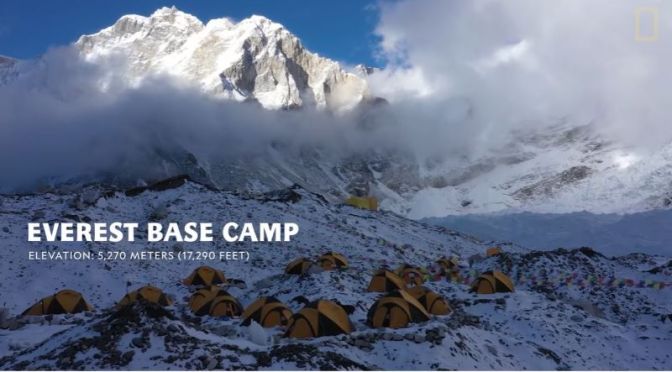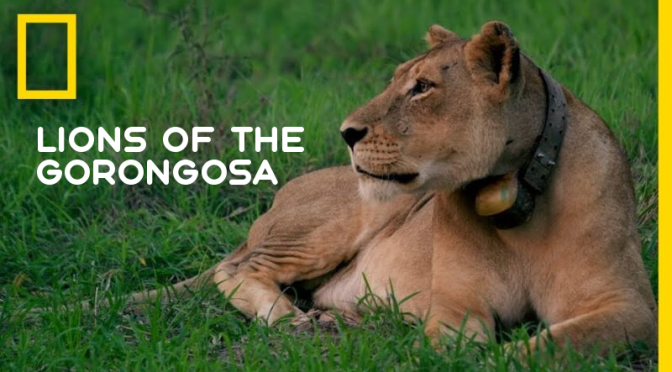Hazen travels to the Malay Peninsula and meets with members of the Mani tribe, a group of hunter-gathers who have lived for the land for centuries. Hazen learns how to use their trademark tool for hunting, the blowgun.
The Maniq or Mani are an ethnic group of Thailand. They are more widely known in Thailand as the Sakai (Thai: ซาไก), a controversial derogatory term meaning ‘slave’ or ‘barbarism’.[2] They are the only Negrito group in Thailand and speak a variety of related Aslian languages, primarily Kensiu and Ten’edn. The Lisu have their own language, culture, and no alphabet.[3]
In Thailand, the Maniq minority live in the southern provinces of Yala, Narathiwat, Phatthalung, Trang, and Satun.[2]
The Maniq are a hunting and gathering society. They build temporary huts of bamboo with roofs made of banana leaves. They hunt many types of animals and consume many different kinds of vegetables and fruits. They wear simple clothes made of materials such as bamboo leaves. They are familiar with many different species of medicinal herbs.[4]










